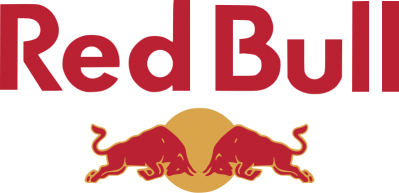1 in 2 Chinese food inspections failed in 2011

Of the 51% inspections that failed, 10% were as a result of major defects such as contamination by dangerous elements like rodent fecal matter, according to the report.
“These critical defects included mold, strong odors indicative of spoiled food, any sort of living specimen, mud or dust traces, feathers in chicken meat, and bones in a fish filet,” AsiaInspection CEO Sebastien Breteau told FoodNavigator-Asia.
The report added that its figures were backed from numbers from China’s State Administration for Industry and Commerce, to whom 62,000 illegal food cases were reported.
Food packaging a big problem too
According to the report, food packaging also proved to be a game spoiler in these inspections with 57% of all such inspections failing in year 2011 thanks to toxic amounts of contaminants like formaldehyde and lead leaking out of packaging.
The report added that in 2011, authorities stopped the operation of 43,000 unlicensed food-producing businesses found to be operating illegally and revoked the business licenses of 576 operators during the same period.
Breteau said that the packaging problem was a larger issue with best practices being implemented and enforced across all food manufactures in China.
“This is in part why we felt it was important to mention the number of illegally operating firms in China that are not being supervised and we have no idea of the quality control and safety practices in place, if any at all,” he said.
Breteau however pointed out that even beyond this lack of supervision on such units, there is an issue with “suppliers that have quality control processes in place being consistent.”
Regulators will not be able to handle food safety on their own
Commenting on the 2008 milk scandal in China, Breteau said that while in some case it is either ignorance or sloppiness, that particular scandal with melamine contamination was purely criminal.
“In the milk scandal example, China's largest and most reputable milk producers were injecting the powder with melamine to make it appear as if it had a higher protein level than it really did,” he said.
Breteau remarked that it is evident that Chinese regulatory bodies will not be able to solve all the problems by themselves.
“We know about things they found, but what about the things they have not found? This is where it lies on the importer, and end re-seller, to perform their own due diligence and insure the food they sell is safe for consumers,” he added.
The report comes not days after Chinese milk came back into the news this December when China’s largest dairy company, Mengniu, destroyed a batch of milk contaminated with Aflatoxin, a substance commonly found in mildewed animal feed that can cause liver cancer.










